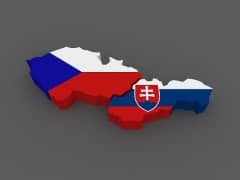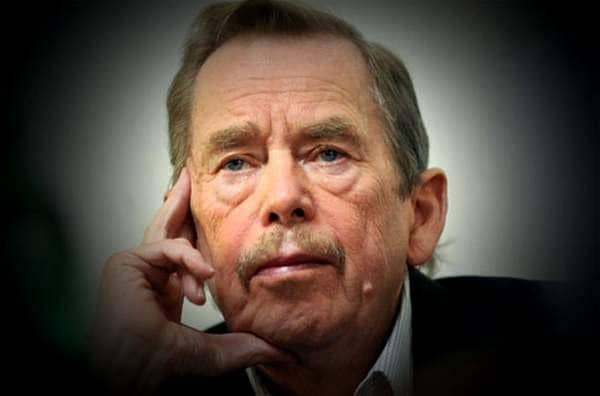

hotline +420774412877

Dissolution of Czechoslovakia
The dissolution of Czechoslovakia caused the Czechoslovakian federal state to divide into Slovakia and the Czech Republic on January 1, 1993. This event is also sometimes called the Velvet Divorce, named after the Velvet Revolution that happened in 1989, leading to the Czechoslovakian Communist Party’s end and the beginning of a new democratic government in the country.
This is an important part in the history of Czechoslovakia, as it has shaped the country to what it is today. It all began when Czechoslovakia was first created when World War I was over. The main history of the present day Czech Republic began after the Pittsburgh Agreement was signed, promising a common state for two nations, Czechs and the Slovaks. However, as is the case in every historical event, there were some Slovaks that opposed this idea, which eventually led to the formation of the Slovak Republic in 1939. After the Soviet Union occupation and the Second World War, the First Slovak Republic were reunited into the Czechoslovak republic. The breakup of the state was inevitable, and that is exactly what eventually happened, causing Vaclav Havel, the first Czech Republic president, to resign rather than watch the country dissolve, something that he was vehemently opposed to. There were many other reasons as to why Czechoslovakia was dissolved, some of which include a lack of coordination between the Slovak and the Czech media, problems that occurred with the state during communism, and the minority veto in the constitution of 1968.

After the dissolution, the territory was divided among the already existing borders. That said, there were still some major issues with the division, as some places were not divided properly and cut across roads and streets. However, that issue was eventually fixed, although they faced severe problems in areas as such as the Sance, which was given to Slovakia; Sidonia, which became a part of Czech Republic; and Kasarna, which stayed in Slovakia. Some national properties were also divided, some of which can be visited if you are interested in things as such. Perhaps you would like to explore these divided areas in a Prague ghost tour and ask the locals more about it for interesting stories.

Posted on: 2016-05-16
Antonin Dvorak is one of the most celebrated composers of Eastern Europe. His contribution in European movies and music is legendary. He was one of the pioneers of Czech classic music. He was influenced by rural Slavic and Moravian traditional dance numbe
Movies and Music
The feast of St. Martin, famously known as the St. Martin’s Day is a major holiday in the Czech Republic. It is an age old Czech tradition to celebrate the completion of crop seeding among the Slavic people. This holiday is also known as Martinmas or Ma
Public holidays
May is one of the best times in the year to visit Prague, Czech Republic, as there are few tourists and the weather is mild. It is said that there are 2 seasons in which one should visit Prague specifically; spring and autumn, which is what makes May the
Weather in Prague and Czech Republic
Entrance Register
Sign up Entrance

Добро пожаловать!
Благодарим за то, что вы с нами!